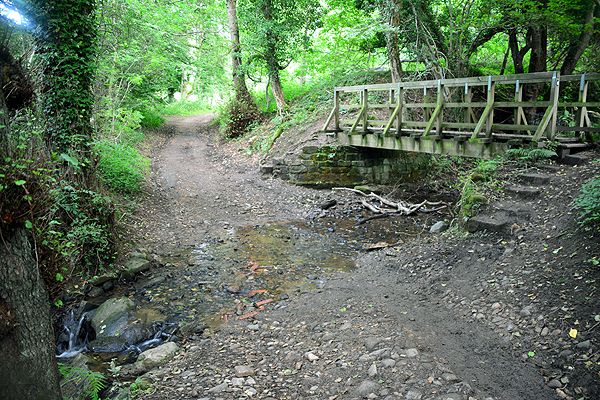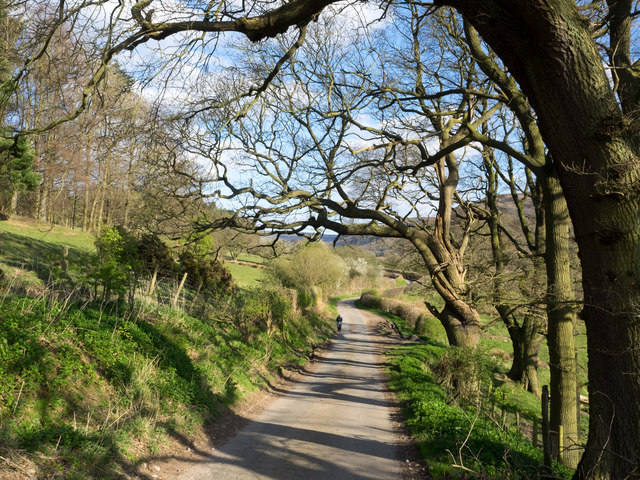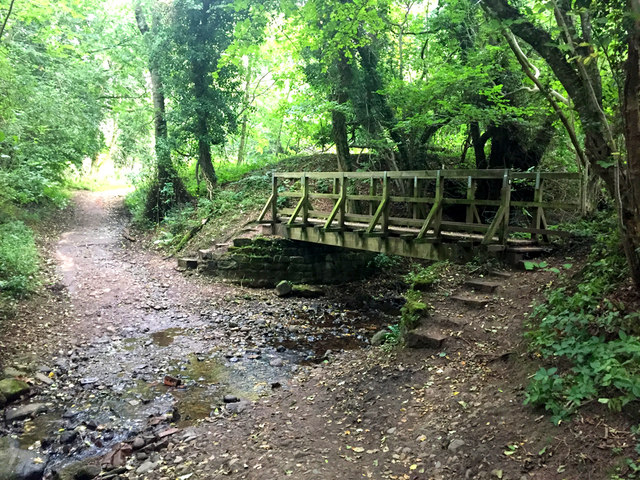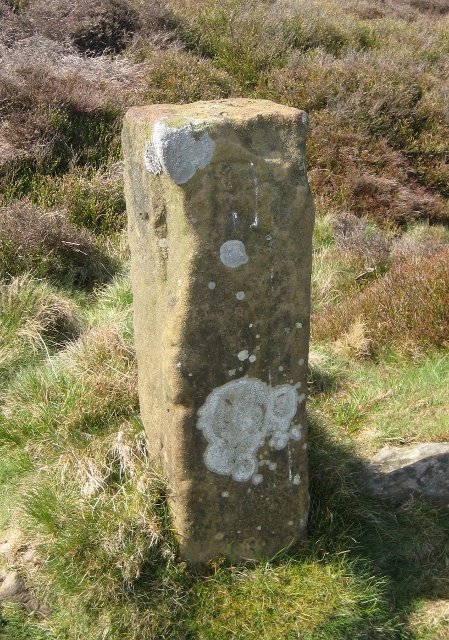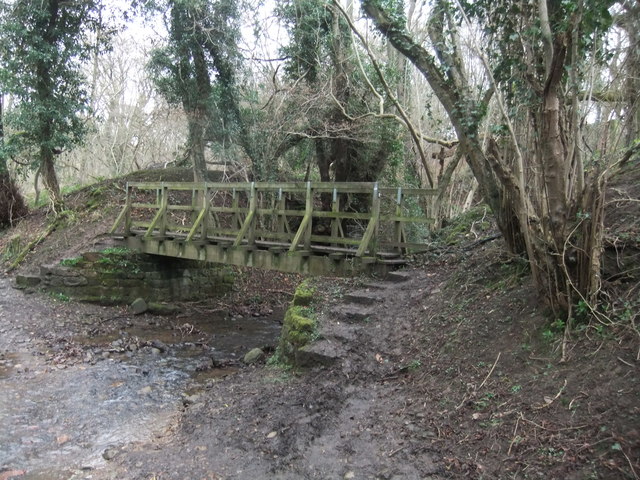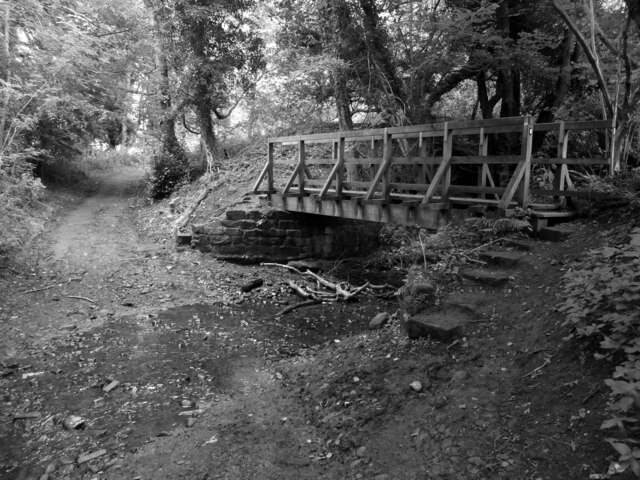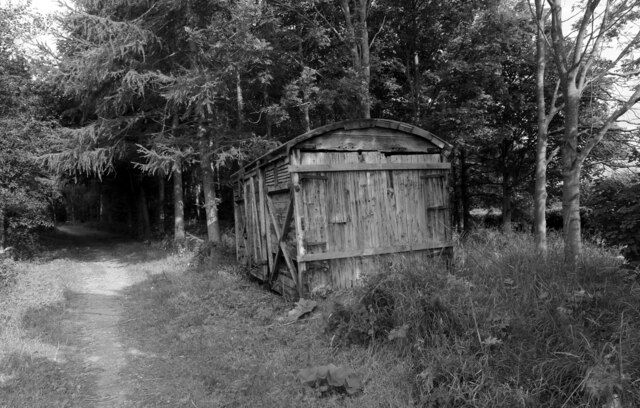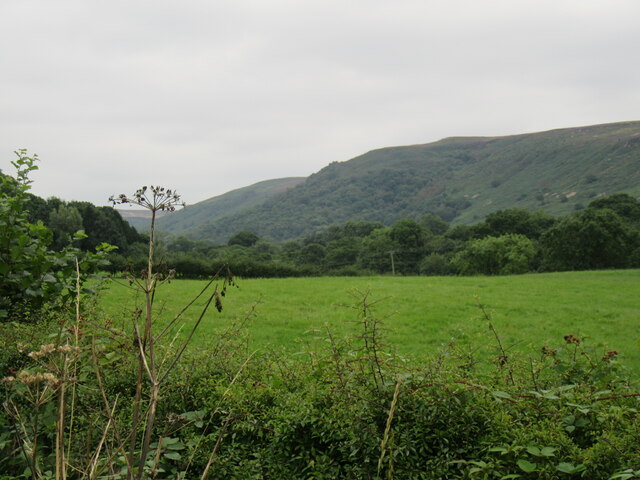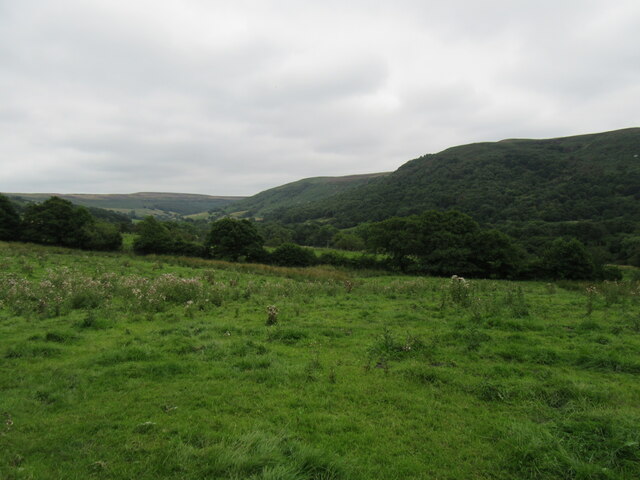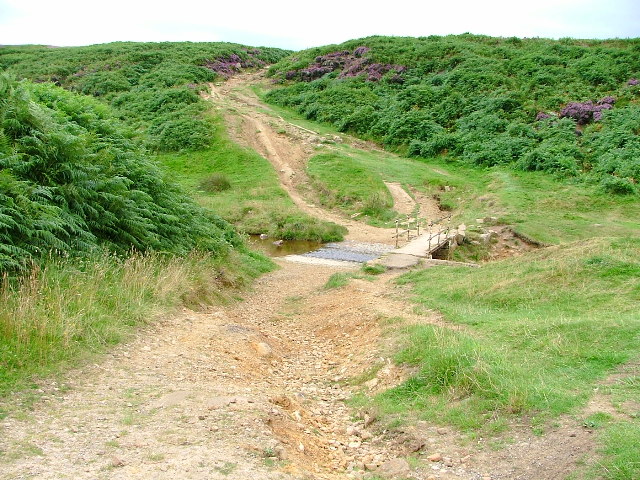Far Moor
Downs, Moorland in Yorkshire Hambleton
England
Far Moor
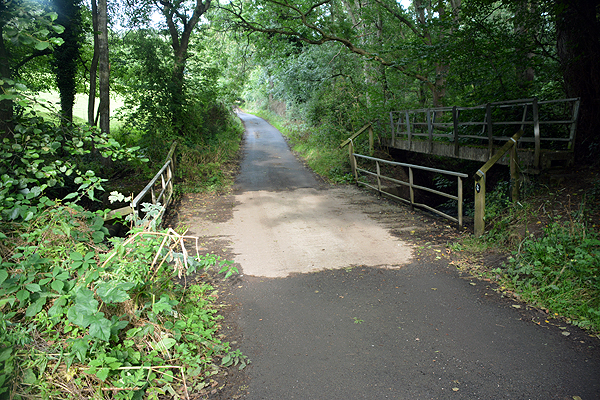
Far Moor is a picturesque region located in Yorkshire, England. It is characterized by its vast expanse of rolling downs and moorland, making it a popular destination for nature enthusiasts and hikers. The area is known for its stunning natural beauty, with panoramic views that extend for miles.
The landscape of Far Moor is dominated by open grasslands and heather-covered moorland, creating a unique and diverse ecosystem. The moorland is home to a variety of plant and animal species, including rare birds such as curlews and lapwings. Visitors to the area can enjoy peaceful walks along the well-maintained footpaths, taking in the breathtaking scenery and observing the local wildlife.
In addition to its natural beauty, Far Moor also boasts a rich history. The area is dotted with ancient stone circles and burial mounds, providing a glimpse into its past. These archaeological sites offer a fascinating insight into the lives of the people who once inhabited the region.
Far Moor offers a tranquil escape from the hustle and bustle of city life. Its remote location and unspoiled landscapes make it a haven for those seeking peace and solitude. Whether you're looking for a leisurely stroll or a challenging hike, Far Moor has something to offer for everyone.
Overall, Far Moor in Yorkshire is a stunning destination that combines natural beauty, rich history, and a sense of tranquility. It is a must-visit location for anyone looking to explore the beauty of the English countryside.
If you have any feedback on the listing, please let us know in the comments section below.
Far Moor Images
Images are sourced within 2km of 54.386899/-1.22955 or Grid Reference SE5099. Thanks to Geograph Open Source API. All images are credited.
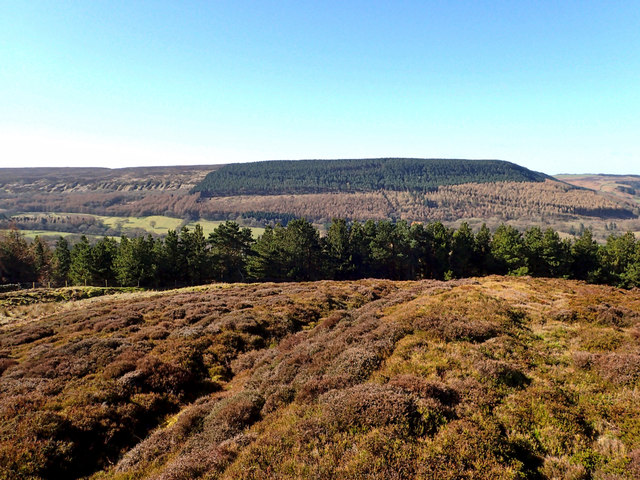
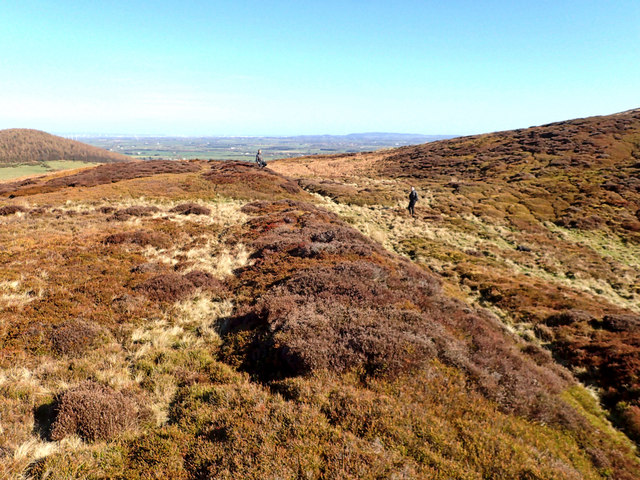
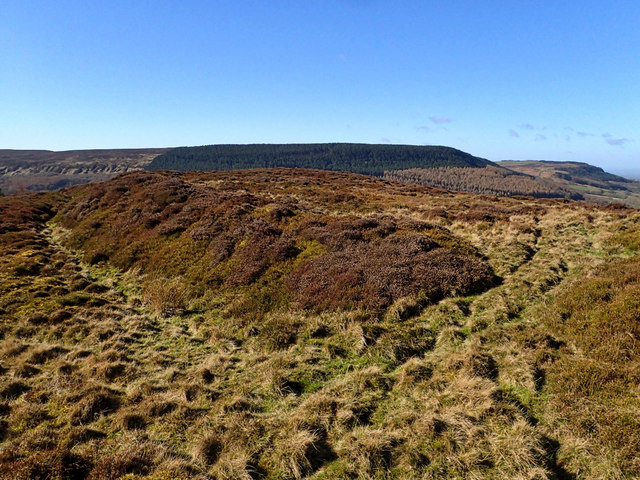
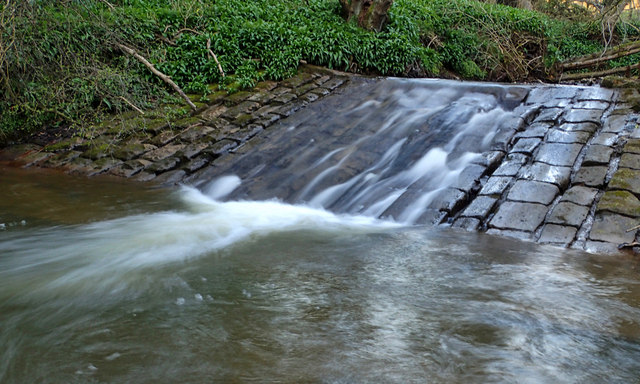

Far Moor is located at Grid Ref: SE5099 (Lat: 54.386899, Lng: -1.22955)
Division: North Riding
Administrative County: North Yorkshire
District: Hambleton
Police Authority: North Yorkshire
What 3 Words
///task.lawyer.broads. Near Bilsdale, North Yorkshire
Related Wikis
Sheepwash, North Yorkshire
Sheepwash is a popular tourist spot in the North York Moors, North Yorkshire, England. It is located on Cod Beck which flows into Cod Beck Reservoir near...
Whorlton, North Yorkshire
Whorlton is a hamlet and civil parish in the Hambleton District of North Yorkshire, England. It is very near Swainby and the A19, and 6 miles south west...
Swainby
Swainby is a village in the Hambleton District of North Yorkshire, England. It is situated on the A172 road, 8 miles (13 km) north-east from Northallerton...
Whorlton Castle
Whorlton Castle is a ruined medieval castle situated near the abandoned village of Whorlton (at grid reference NZ4802) in North Yorkshire, England. It...
Cleveland Hills
The Cleveland Hills are a range of hills on the north-west edge of the North York Moors in North Yorkshire, England, overlooking Cleveland and Teesside...
Cod Beck Reservoir
Cod Beck Reservoir is a man-made lake situated within the North York Moors National Park and near the village of Osmotherley in the English county of North...
Faceby
Faceby is a small village and civil parish in North Yorkshire, England. It is at the north-west corner of the North York Moors and near Stokesley. ��2...
The Shrine of Our Lady of Mount Grace
The Shrine of Our Lady of Mount Grace is a place of Marian devotion and pilgrimage sited in the North Yorkshire village of Osmotherley. Christians have...
Nearby Amenities
Located within 500m of 54.386899,-1.22955Have you been to Far Moor?
Leave your review of Far Moor below (or comments, questions and feedback).
